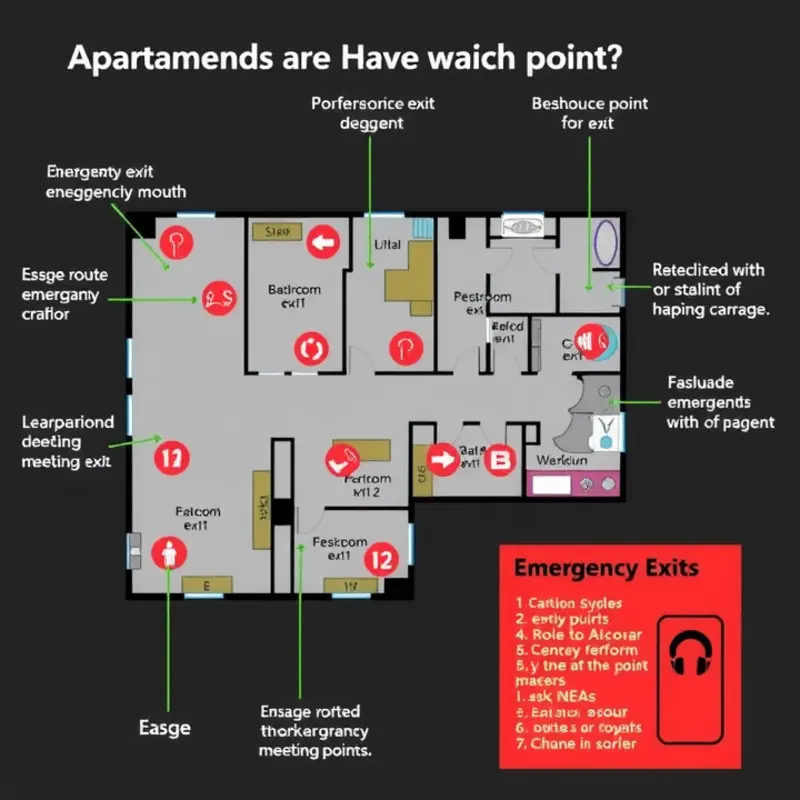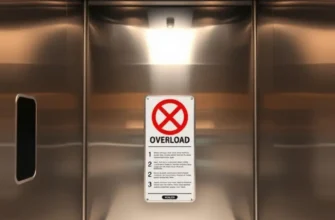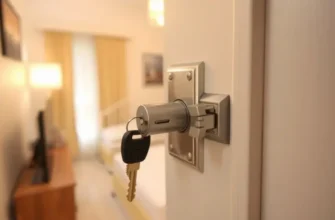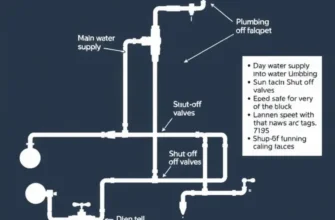Living in an apartment comes with unique challenges when it comes to safety and emergency preparedness. As a renter, being proactive about emergency evacuation planning is essential for ensuring your safety and that of your loved ones. Even though you may not own the property, there are numerous actions you can take to equip yourself with the knowledge and tools necessary for a prompt and organized response in the event of an emergency. This guide aims to provide practical steps for renters to create a reliable evacuation plan, focus on safety and security, all while considering hassle-free maintenance solutions that can aid during emergencies. From identifying escape routes to practicing drills, understanding potential emergency scenarios can better prepare you for the unimaginable. Let’s delve into effective strategies to make your living environment a safer place for you and your neighbors.
Mapping Your Escape: Creating an Effective Evacuation Plan

Creating a comprehensive evacuation plan is crucial for ensuring your safety during an emergency. Begin by familiarizing yourself with your apartment complex layout, noting where all emergency exits are located. Most apartment buildings have floor maps posted near elevators or stairwells, which can serve as a helpful reference. Make sure to identify at least two distinct escape routes from your apartment unit, as one may become inaccessible during an emergency.
Next, establish a designated meeting point for all household members. This should be a safe location outside the building, far enough away to avoid potential danger but close enough to reach quickly. Consider landmarks like a nearby park or parking lot. Make sure everyone in your home knows this meeting spot and practice your escape routes regularly to ensure familiarity.
Communication strategies are equally important. During an emergency, cell phone networks may become overloaded, making it difficult to connect with others. Develop a plan to account for this possibility. Designate an out-of-area contact that everyone can reach, as long-distance calls may bypass local network congestion. This contact can relay messages and updates between your household members if needed.
Prepare a list of essential items to grab during evacuation. Keep this list minimal to avoid delay. Include necessities like identification, medications, and any critical documents. You might consider storing these items in a small, easy-to-carry go-bag near your apartment’s main exit.
For those with pets or young children, additional planning is required. Have pet carriers and basic supplies ready for quick access. Discuss and practice who will be in charge of grabbing the pets or assisting children to maintain a smooth evacuation process.
In multi-level apartments, stairwells are typically safer during evacuations than elevators, which often stop working during power outages or emergency situations. Therefore, practice using stair routes during your evacuation drills.
While mapping your escape, remember to share your plan with neighbors—especially those who might need assistance, like the elderly or physically impaired individuals. A community that is prepared is more likely to respond effectively during an emergency.
For more tips on ensuring your apartment is ready for other safety concerns like air quality, consider reviewing apartment ventilation tips. It’s important to integrate safety measures into all aspects of your rental living. Creating a solid evacuation plan and practicing it can offer peace of mind, knowing you’re ready to act when minutes count.
Practice Makes Perfect: Drilling Your Evacuation Plan

Conducting regular evacuation drills is crucial for ensuring safety during emergencies. Preparing for potential hazards can help mitigate anxiety and confusion, enabling quick and calm reactions. Drills familiarize you with your surroundings, evacuation routes, and emergency procedures—critical factors that can save lives.
Understanding the layout of your apartment building is a fundamental step. Familiarize yourself with all exits, including stairwells and emergency doors. Practice using these routes to internalize their locations and create muscle memory. Remember, elevators should be avoided during emergencies like fires to prevent becoming trapped.
It’s essential to coordinate with your neighbors when planning and performing evacuation drills. A community that knows its evacuation routes can better support each other during actual emergencies. Organize monthly practice sessions and invite residents to participate. Consider drafting a schedule and posting it in communal areas to encourage engagement.
Establishing a point of contact with local authorities can enhance your preparedness. They can offer vital information, such as potential hazards in the area and evacuation procedures tailored to your location. Engage with the local fire department or emergency management office for guidance on proper drills and safety protocols.
Effective communication within your residential community is key. Share insights and tips from your drills to collectively improve everyone’s preparedness. Build a network of tenants who are willing to assist vulnerable residents, such as those with mobility challenges, during evacuations. This collaboration not only fosters a sense of community but also strengthens your collective resilience.
Incorporate varying scenarios into your drills to cover different emergency types. Practice evacuations during day and night, and simulate scenarios like power outages or blocked exits. These variations test your preparedness under diverse conditions, ensuring comprehensive readiness.
Remember to keep an emergency kit accessible at all times. It should contain essential items like water, a flashlight, a first-aid kit, and copies of important documents. Including items for specific personal needs and comfort, such as medications or pet supplies, can also make a significant difference during a real evacuation.
For additional tips on fostering community initiatives, check out roommate conflict management which offers insights into maintaining cooperative living environments. This resource can inspire effective strategies for unifying community efforts during emergency preparations.
By regularly conducting evacuation drills and collaborating with your neighbors and local authorities, you cultivate a culture of preparedness that can substantially reduce the risks associated with emergencies.
Final words
Being a responsible renter means prioritizing safety and preparedness. A well-structured evacuation plan can make the difference between chaos and effective response during emergencies. By mapping out escape routes and conducting regular drills, you not only enhance your safety but also foster a sense of community among your neighbors. Remember, the time to prepare is before an incident occurs. With these practical steps, you can approach emergency situations confidently and ensure that you and your loved ones are safe. Now is the time to take action, for you never know when you might need to put your plan into practice.









